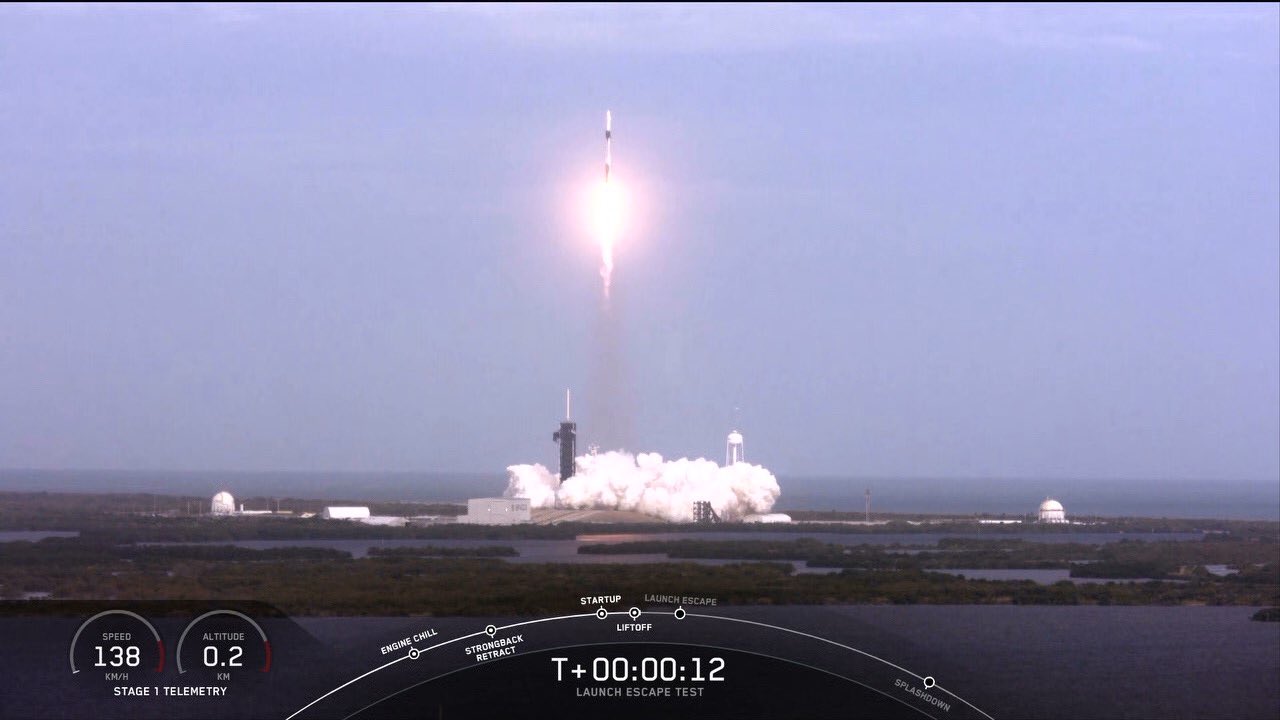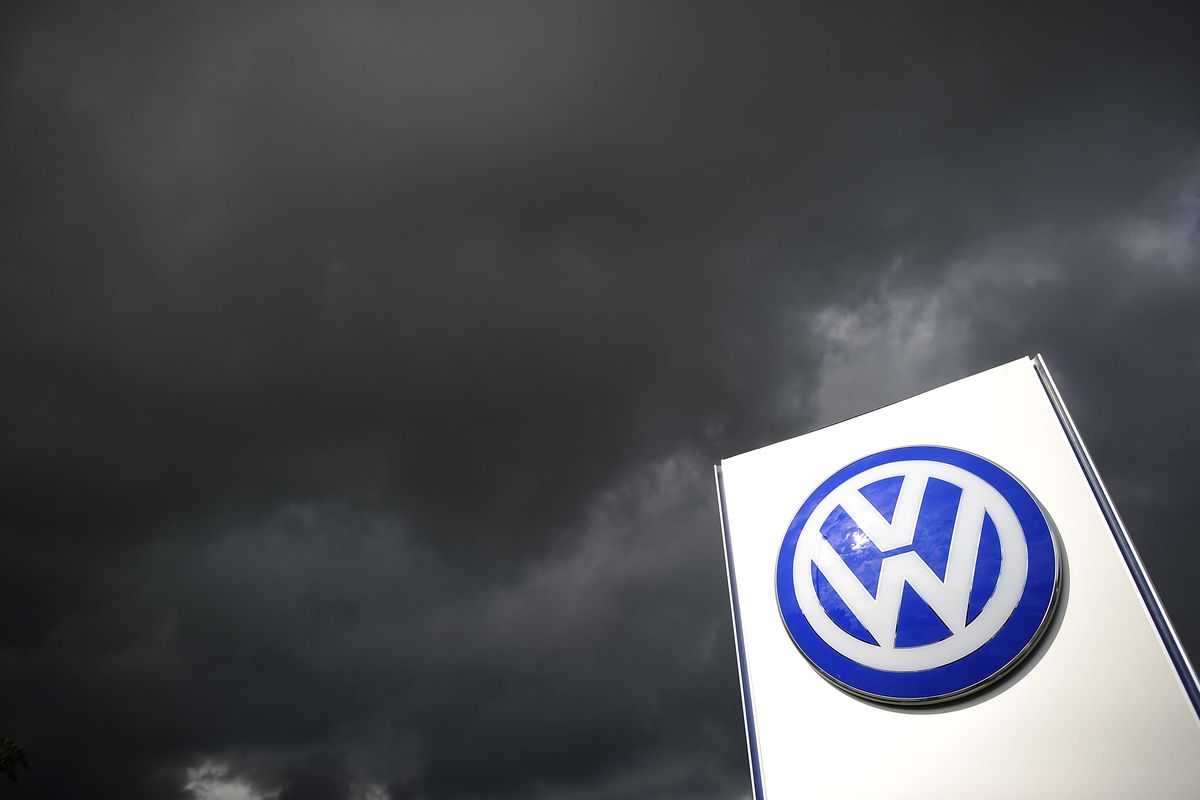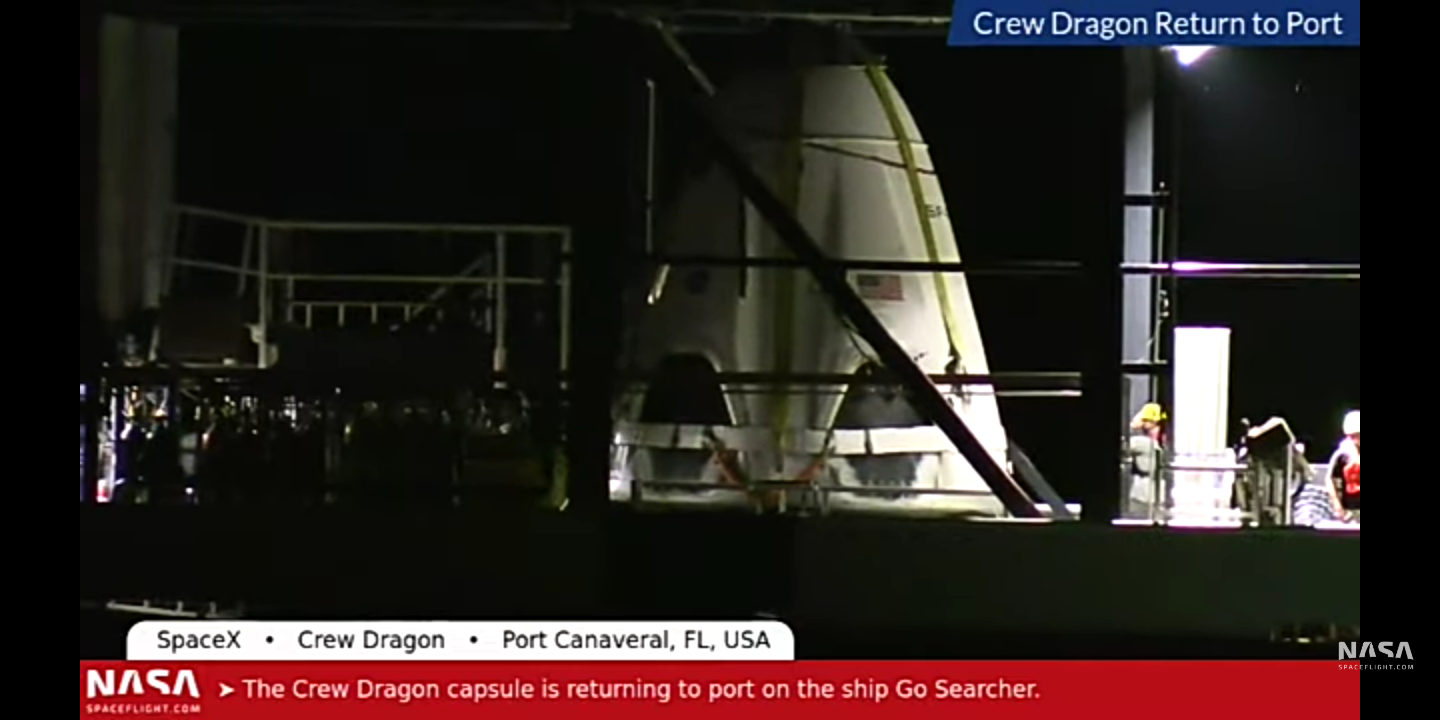All Images Source: NASA and SpaceX
NASA has not launched astronauts to the International Space Station (ISS) ever since the space shuttle fleet was retired in 2011. The agency has been highly dependent on Russian spacecraft to launch astronauts to and from the space station ever since. NASA started to fund American spacecraft development to launch astronauts from American soil again after almost a decade. SpaceX developed Crew Dragon under a $2.6 billion contract with NASA's Commercial Crew Program. The spacecraft can carry up to seven passengers and attaches above their Falcon 9 rocket. This morning, SpaceX conducted Crew Dragon's final most important In-Flight Abort test before launching NASA astronauts aboard for the very first time later this year.
Today's test objective was to demonstrate how the Crew Dragon spacecraft launch escape system could rescue astronauts in the event of a rocket failure. The launch escape test began at 10:30 a.m. EST. a previously flown Falcon 9 rocket lifted off from historic Launch Complex 39A at NASA’s Kennedy Space Center in Florida. NASA Administrator Jim Bridenstine said:
"This critical flight test puts us on the cusp of returning the capability to launch astronauts in American spacecraft on American rockets from American soil. We are thrilled with the progress NASA’s Commercial Crew Program is making and look forward to the next milestone for Crew Dragon."

During the test, the Crew Dragon spacecraft ignited its 8 SuperDraco engines to conduct an escape about 1.5 minutes after liftoff, that is the time when the craft experienced maximum aerodynamic pressure, also known as 'Max Q.' SuperDraco engines can move Dragon half a mile in only 7.5 seconds, they burned fuel until completion then shutdown. That is the moment when both crafts separated from each other.
Crew Dragon separating from Falcon 9 during today’s test, which verified the spacecraft’s ability to carry astronauts to safety in the unlikely event of an emergency on ascent pic.twitter.com/rxUDPFD0v5
— SpaceX (@SpaceX) January 19, 2020
Simultaneously, the Falcon 9 rocket's nine Merlin 1D engines were intentionally shutdown, to simulate the dangerous scenario. The rocket aerodynamically broke down, exploded mid-air into the Atlantic Ocean - this was expected. SpaceX teams were prepared to immediately clean up the debris.

Crew Dragon quickly executed all regular functions nominally. As the craft passively coasted to apogee, the highest point in its arc, Dragon’s trunk separated so that the smaller Draco thrusters could re-orient the craft for reentry and parachute deploy.
Dragon’s trunk has deployed pic.twitter.com/bxRPYGpJTx
— SpaceX (@SpaceX) January 19, 2020
The craft came back from space after separating from its trunk, used its integrated thrusters to re-orient its heat shield to cross Earth's atmosphere.
Dragon's main parachutes have been deployed pic.twitter.com/SMLK62YXPP
— SpaceX (@SpaceX) January 19, 2020
Upon reentry, Crew Dragon deployed its 4 parachutes and splashed-down at 10:38 a.m. EST just off the Florida coast in the Atlantic Ocean. Where SpaceX recovery ship Go Searcher was ready to initiate recovery operations in coordination with the United States Air Force 45th Operations Group's Detachment-3 out of Patrick Air Force base.
Splashdown of Crew Dragon in the Atlantic Ocean! pic.twitter.com/V1C2Xfd9Mk
— SpaceX (@SpaceX) January 19, 2020
The founder and Chief Engineer at SpaceX, Elon Musk, said:
"As far as we can tell thus far, it’s a picture perfect mission. It went as well as one can possibly expect. This is a reflection of the dedication and hard work of the SpaceX and NASA teams to achieve this goal. Obviously, I’m super fired up. This is great."

The two astronauts that will perform SpaceX's first crewed mission to space, called Demo-2, are NASA Astronauts Doug Hurley and Bob Behnken. Prior to today's In-Flight Abort test, both astronauts practiced along with all staff. Even though today's mission was unmanned, the astronauts acted as if it was a real mission and went through all pre-launch procedures from putting on their SpaceX-designed spacesuits to going through launch pad operations.
After today's successful launch escape demonstration test Astronaut Hurley said:
"The past few days have been an incredible experience for us. We started with a full dress rehearsal of what Bob and I will do for our mission. Today, we watched the demonstration of a system that we hope to never use, but can save lives if we ever do. It took a lot of work between NASA and SpaceX to get to this point, and we can’t wait to take a ride to the space station soon."
Congratulations to the @NASA and @SpaceX team for a successful In-Flight Abort Test! This critical test puts us on the cusp of once again launching American astronauts on American rockets from American soil. Spacecraft recovery operations are underway. pic.twitter.com/5ZzEVesAJW
— Jim Bridenstine (@JimBridenstine) January 19, 2020
Now, NASA and SpaceX will go through the data gathered during today's In-Flight Abort test to make sure every system worked optimally. Crew Dragon was equipped with anthropomorphic test devices that have high-tech sensors inside. These gathered data to see how humans would experience a launch escape situation on-board the spacecraft. Musk stated:
"It all looks perfect as least as far as we’ve seen thus far. But we need to physically recover the spacecraft and and confirm that there’s not something that’s not an issue that that wouldn’t show up on telemetry."
SpaceX engineers will check Crew Dragon to ensure there is no damage to the craft in order to earn a human certification rating.
SpaceX is closer towards launching astronauts for the first time to the International Space Station this year - they will ignite a new era where NASA astronauts launch from American soil again!
WATCH TODAY'S CREW DRAGON MISSION:








